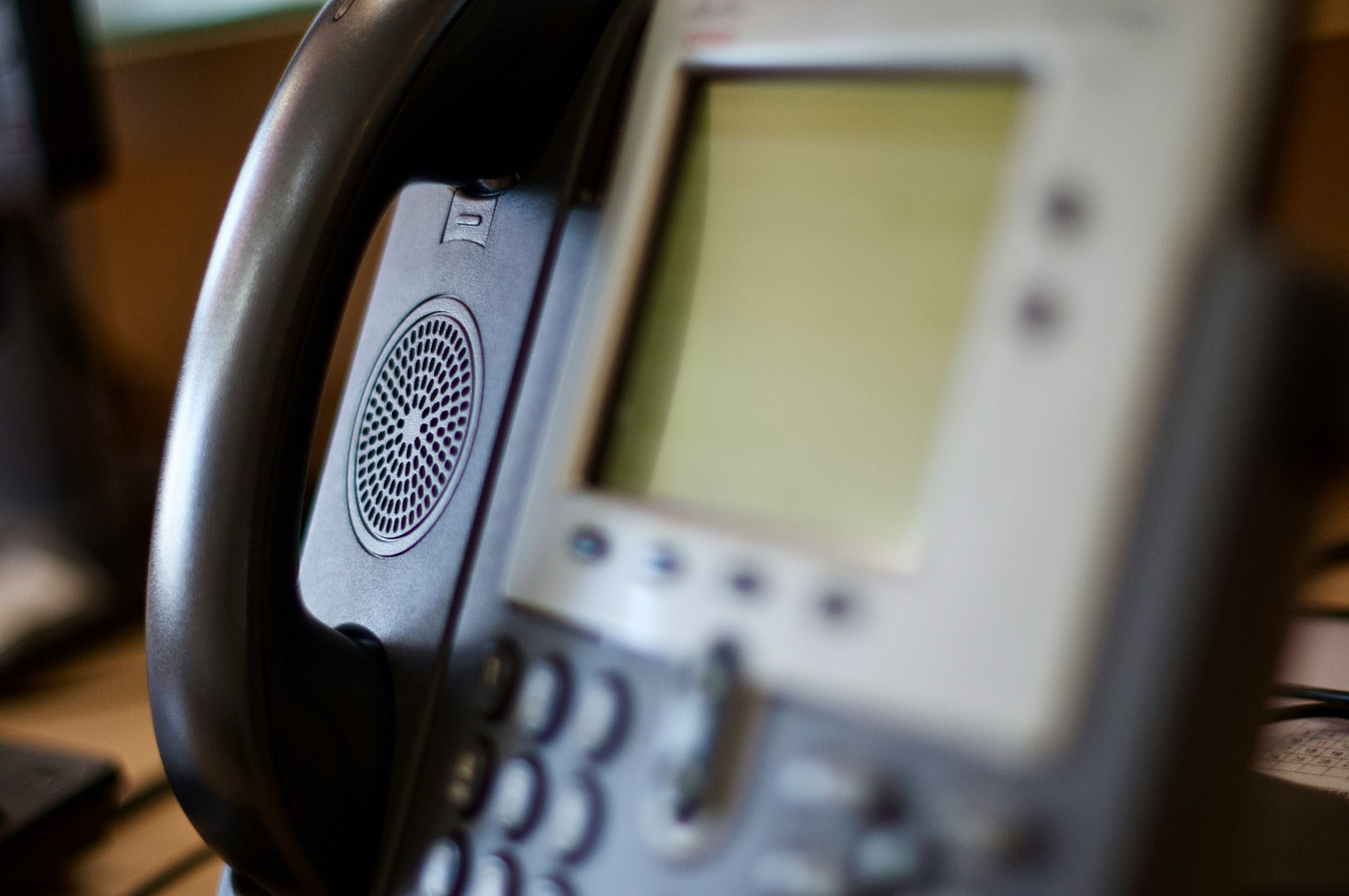Editing video now easy as editing text
New 'deepfake' software lets you add, edit or delete words from the transcript of a video and have the revisions appear immediately and seamlessly in the video. It is now possible to take a talking-head style video, and add, delete or edit the speaker's words as simply as you'd edit text in a word processor. A new deepfake algorithm can process the audio and video into a new file in which the speaker says more or less whatever you want them to. It's the work of a collaborative team from Stanford University, Max Planck Institute for Informatics, Princeton University and Adobe Research, who say that in a perfect world the technology would be used to cut down on expensive re-shoots when an actor gets something wrong, or a script needs to be changed. All the algorithm requires is less than an hour of training with the video and a transcript of what's being said, Once you edit the script, the algorithm can create a 3-dimensional model of the face making the new shapes required. From there, a machine learning technique known as Neural Rendering can paint the 3D model with photo-realistic textures to make it virtually indistinguishable from the real thing. The research team behind all this is attempting to add suitable safeguards against misuse including a kind of watermarking that would indicate editing and provide access to a record of changes made.
https://news.stanford.edu/2019/06/05/edit-video-editing-text/
Use your office lighting for 250Mbps data transfer
Netherlands-based Signify has launched a new lighting range called Trulifi that borrows light waves to send and receive wireless data around the office. Versions of Li-Fi technology have been around for years, but it now promises fast and secure data transfer in large or small workplaces. It's especially suitable for locations where radio frequency based wireless systems struggle or aren't possible, such as some industrial premises and hospitals, as well as helping out in places with congested Wi-Fi networks. Signify - which describes itself as the world leader in lighting for the Internet of Things - says that the Trulifi system's optical transceiver can be built into new lighting, or retrofitted into existing lights. The technology offers wireless connectivity at up to 150 Mbps throughout premises for both uploads and downloads, which is faster than radio signal setups like Wi-Fi, wireless mobile networks or Bluetooth. A fixed point-to-point system is also available, offering up and down wireless transfer speeds up to 250 Mbps. The system works whether the lights are on, dimmed, or off.
https://www.signify.com/global/our-company/news/press-releases/2019/20190619-signify-launches-trulifi
The computer that went to the moon
With the 50th anniversary of the Moon landing approaching, NASA technicians are wondering again at one of the key elements of the epic story - the Apollo Guidance Computer. It was the machine that helped the Apollo astronauts navigate their way safely to the Moon - and back again. It was a computer that was so advanced for the 1960s that the engineers who created it say they probably wouldn't have tried constructing it at all if they'd known what they were really letting themselves in for. But the Apollo Guidance Computer is one of the unsung successes of the Space Race. At the time it was the latest and most advanced fly-by-wire guidance system, the first digital flight computer, the most advanced miniature computer to date, the first computer to use silicon chips, and the first onboard computer where the lives of crew depended on it functioning as advertised on the tin. When the Apollo program began, computers were still gigantic machines that took up whole rooms. There were only a handful of them anywhere in the world and getting information in or out of them was so complex that it took a team of mathematicians to handle the job. Fortunately, technology was advancing rapidly, although this presented its own problems. How, for example, do you design a computer that won't be flying for six years when the technology keeps changing? Not to mention how you persuade industry to support a computer that has to remain in production and use for 10 years when the industry expects everything to be changing every few months. In the end, the Apollo Guidance Computer performed flawlessly on the Apollo flights, with the only problems coming from human error - someone entering the wrong code or flipping the wrong switch. When the spacecraft reached the Moon in December 1968, the computer and NASA agreed on Apollo 8's position to within 2.5 km and on the return trip, only one course correction was needed.
https://www.fastcompany.com/90362562/this-computer-changed-world-youve-never-heard-about-it
Search engine of the month
Thousands of people have used a new search engine filter giving them a direct line to Disability Confident employers since the tool was introduced a few months ago. Jobseekers have been able to search for vacancies with Disability Confident employers on the government's Find a Job site (https://findajob.dwp.gov.uk/search) since November last year. Disability Confident is the government’s flagship disability employment scheme helping employers of all sizes to recruit and retain disabled staff. A recent Diversity and Inclusivity in the Workplace survey found that over half of UK employees feel disability inclusion is the most important aspect of diversity that should be tackled in their workplace. Minister for Disabled People, Health and Work Justin Tomlinson said: "Recruiting disabled talent isn't an act of charity - it’s what smart employers are doing to get ahead of the competition". The Find a Job site is powered by the job search engine Adzuna. Company co-founder Andrew Hunter said: "We're proud to be working with DWP as part of this meaningful change to give jobseekers the information they need to take control of their careers and to ultimately, help match people to better, more fulfilling jobs and keep Britain working".
https://www.adzuna.co.uk/about-us.html
New 'deepfake' software lets you add, edit or delete words from the transcript of a video and have the revisions appear immediately and seamlessly in the video. It is now possible to take a talking-head style video, and add, delete or edit the speaker's words as simply as you'd edit text in a word processor. A new deepfake algorithm can process the audio and video into a new file in which the speaker says more or less whatever you want them to. It's the work of a collaborative team from Stanford University, Max Planck Institute for Informatics, Princeton University and Adobe Research, who say that in a perfect world the technology would be used to cut down on expensive re-shoots when an actor gets something wrong, or a script needs to be changed. All the algorithm requires is less than an hour of training with the video and a transcript of what's being said, Once you edit the script, the algorithm can create a 3-dimensional model of the face making the new shapes required. From there, a machine learning technique known as Neural Rendering can paint the 3D model with photo-realistic textures to make it virtually indistinguishable from the real thing. The research team behind all this is attempting to add suitable safeguards against misuse including a kind of watermarking that would indicate editing and provide access to a record of changes made.
https://news.stanford.edu/2019/06/05/edit-video-editing-text/
Use your office lighting for 250Mbps data transfer
Netherlands-based Signify has launched a new lighting range called Trulifi that borrows light waves to send and receive wireless data around the office. Versions of Li-Fi technology have been around for years, but it now promises fast and secure data transfer in large or small workplaces. It's especially suitable for locations where radio frequency based wireless systems struggle or aren't possible, such as some industrial premises and hospitals, as well as helping out in places with congested Wi-Fi networks. Signify - which describes itself as the world leader in lighting for the Internet of Things - says that the Trulifi system's optical transceiver can be built into new lighting, or retrofitted into existing lights. The technology offers wireless connectivity at up to 150 Mbps throughout premises for both uploads and downloads, which is faster than radio signal setups like Wi-Fi, wireless mobile networks or Bluetooth. A fixed point-to-point system is also available, offering up and down wireless transfer speeds up to 250 Mbps. The system works whether the lights are on, dimmed, or off.
https://www.signify.com/global/our-company/news/press-releases/2019/20190619-signify-launches-trulifi
The computer that went to the moon
With the 50th anniversary of the Moon landing approaching, NASA technicians are wondering again at one of the key elements of the epic story - the Apollo Guidance Computer. It was the machine that helped the Apollo astronauts navigate their way safely to the Moon - and back again. It was a computer that was so advanced for the 1960s that the engineers who created it say they probably wouldn't have tried constructing it at all if they'd known what they were really letting themselves in for. But the Apollo Guidance Computer is one of the unsung successes of the Space Race. At the time it was the latest and most advanced fly-by-wire guidance system, the first digital flight computer, the most advanced miniature computer to date, the first computer to use silicon chips, and the first onboard computer where the lives of crew depended on it functioning as advertised on the tin. When the Apollo program began, computers were still gigantic machines that took up whole rooms. There were only a handful of them anywhere in the world and getting information in or out of them was so complex that it took a team of mathematicians to handle the job. Fortunately, technology was advancing rapidly, although this presented its own problems. How, for example, do you design a computer that won't be flying for six years when the technology keeps changing? Not to mention how you persuade industry to support a computer that has to remain in production and use for 10 years when the industry expects everything to be changing every few months. In the end, the Apollo Guidance Computer performed flawlessly on the Apollo flights, with the only problems coming from human error - someone entering the wrong code or flipping the wrong switch. When the spacecraft reached the Moon in December 1968, the computer and NASA agreed on Apollo 8's position to within 2.5 km and on the return trip, only one course correction was needed.
https://www.fastcompany.com/90362562/this-computer-changed-world-youve-never-heard-about-it
Search engine of the month
Thousands of people have used a new search engine filter giving them a direct line to Disability Confident employers since the tool was introduced a few months ago. Jobseekers have been able to search for vacancies with Disability Confident employers on the government's Find a Job site (https://findajob.dwp.gov.uk/search) since November last year. Disability Confident is the government’s flagship disability employment scheme helping employers of all sizes to recruit and retain disabled staff. A recent Diversity and Inclusivity in the Workplace survey found that over half of UK employees feel disability inclusion is the most important aspect of diversity that should be tackled in their workplace. Minister for Disabled People, Health and Work Justin Tomlinson said: "Recruiting disabled talent isn't an act of charity - it’s what smart employers are doing to get ahead of the competition". The Find a Job site is powered by the job search engine Adzuna. Company co-founder Andrew Hunter said: "We're proud to be working with DWP as part of this meaningful change to give jobseekers the information they need to take control of their careers and to ultimately, help match people to better, more fulfilling jobs and keep Britain working".
https://www.adzuna.co.uk/about-us.html

Zen Internet - Home SalesSales
01706 902573
Zen Internet - Customer EnquiriesCustomer Enquiries
01706 902001


